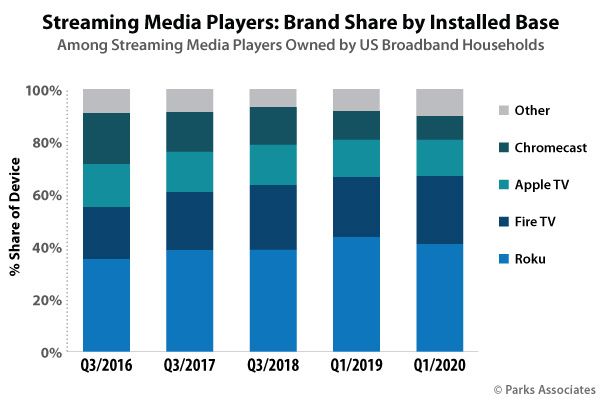The novel coronavirus will impact a bunch of new product releases this year, and the iPhone 12 might not be spared.
Most recent reports say the four iPhone 12 phones that Apple is about to launch this fall might not be all available in late September, as has been the case for most iPhones since Apple started hosting new iPhone events in September. Some of them might see slight release date delays because of the current health crisis. Apple should be able to produce enough units by September, but the problem is Apple has been forced to postpone visits to China to finalize designs since there are several travel bans in place that make traveling impossible.
Apple is still expected to unveil the new iPhones in the late summer, and a prominent leaker says Apple already finalized the specs, product names, and pricing structure for the new series of handsets. Some of the following details will sound familiar because we’ve known them for quite some time now. But this is easily the best iPhone 12 rumor so far thanks to one key detail.
Jon Prosser is a YouTuber who made a name for himself as a leaker thanks to a variety of revelations that turned out to be accurate in recent months. He was the first to provide the correct Galaxy S20 pricing scheme for America, for example. His scoops then focused on Apple and he shared correct iPhone SE launch details including prices and the release date. At the same time, he provided plenty of details of Apple’s handling of the coronavirus crisis, as well as the company’s plans for the iPhone 12.
Prosser isn’t alone, of course. Just the other day, we saw a significant leak from a different YouTuber who confirmed some iPhone 12 specs, including new 120Hz displays, camera improvements, and designs. But Prosser waited for that information to come out before publishing his latest findings. In a new episode on Front Page Tech, Prosser listed the name structure for the new iPhones, the full specs, and the prices.
The new info lines up with other leaks, including a previous one from the YouTuber that said Apple will have four iPhone 12 models in stores this year, all featuring OLED screens with notches at the top and 5G connectivity. Of course, TF International Securities Ming-Chi Kuo revealed all that last year. But Prosser has also given us prices for these handsets, revealing that the smallest iPhone 12 will start at $649 while the iPhone 12 Pro versions will start at $999.
Today’s leak gives us a very exciting new detail, and one we’ve been looking forward to for a few years. The iPhone 12 will supposedly be Apple’s first new iPhone series that ditches the 64GB storage tier.
Regardless of the iPhone 12 version you buy, the cheapest model will reportedly feature 128GB of storage. 64GB of storage won’t cut it in a world that’s getting ready to embrace 5G, especially considering that flagships from the competition already come with at least 128GB of built-in flash memory.
Prosser says the cheapest iPhone 12 versions will be called iPhone 12 and iPhone 12 Max, and they’ll have identical specs aside from screen and battery sizes. Both devices will come with BOE OLED displays measuring 5.4 inches and 6.1 inches, respectively. Common specs will include the A14 chip, 5G connectivity, 4GB of RAM, 128GB or 256GB of storage, and a dual-camera system on the back. The phones will also have an aluminum chassis. Battery life isn’t mentioned, but the larger 6.1-inch device should obviously include a bigger battery pack. Pricing starts at $649 for the iPhone 12, and $100 extra will get you the same storage inside the bigger device.
The Pro models will respect the same naming scheme as their predecessors. We’re looking at the 6.1-inch iPhone 12 Pro and 6.7-inch iPhone 12 Pro Max. Except for screen and battery sizes, the phones will feature the same set of specs including several improvements over the non-Pro phones.
We’re looking at Samsung OLED displays that can support 120Hz ProMotion technology, assuming Apple is comfortable with the battery life compromise. Prosser says that Apple hasn’t yet decided whether ProMotion tech will come to this year’s iPhones. The hardware can support it, but it might be nerfed by software if battery life doesn’t meet expectations. Even if enabled, the screen might offer the 120Hz refresh rate only during certain activities, and then intelligently toggle to 60Hz for others.
Other specs include the A14 chip, 6GB of RAM, 128GB/256GB/512GB of storage, triple-lens rear cameras with the addition of a LiDAR sensor, and 5G connectivity. Pricing will be similar to the iPhone 11 Pro phones, starting at $999 or $1,099 depending on the desired display size.
As always with iPhone 12 rumors, nothing is confirmed until Apple announces it. There may be plenty of time for things to change before Apple’s iPhone 12 launch. The full video follows below.


